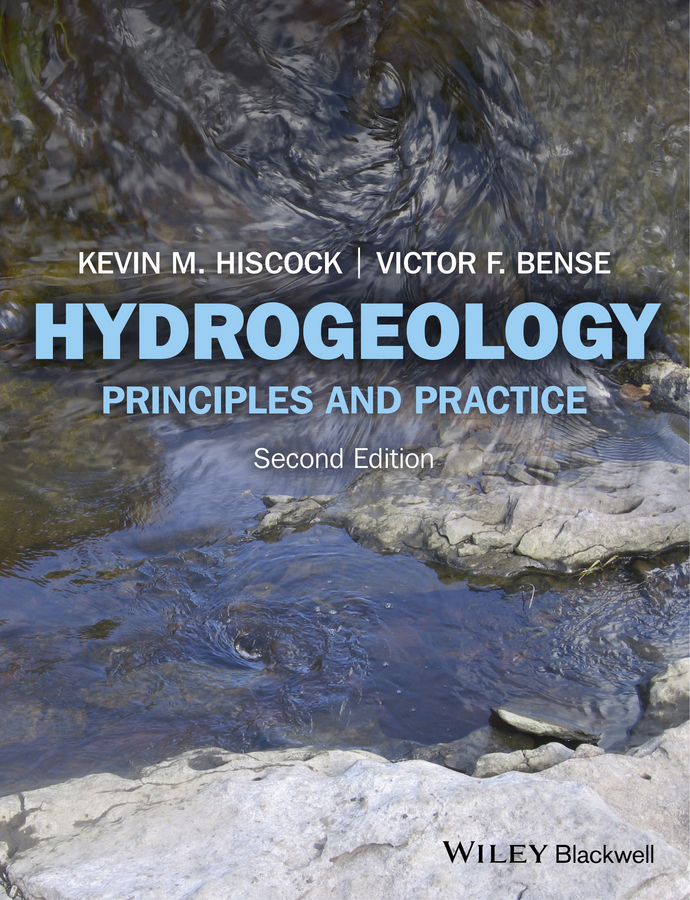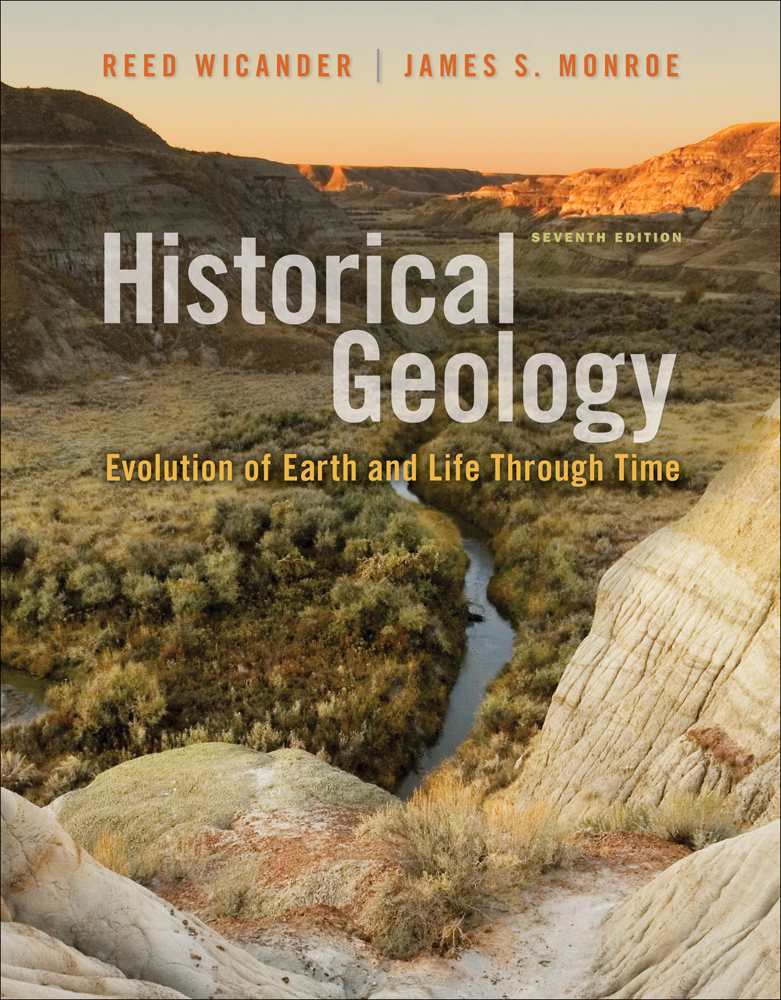CLCP3
LanguageENG
PublishYear2014
publishCompany
Wiley
EISBN
9781118738474
PISBN
9780470656624
- Product Details
- Contents
The prime aim of the textbook will continue to present groundwater as a natural resource supplying human and environmental needs. This topic is approached from two standpoints: first, an introduction to the physical and chemical principles required for the evaluation of groundwater resources for water supply purposes; and second, the impact of human activities, such as over-abstraction and polluting activities, on aquifers. As a text aimed mainly at undergraduate and postgraduate students, the book will continue to provide instruction in quantitative methods of hydrogeological assessment, supported by problem-solving exercises, and retain the popular 2018case study boxes' chosen to illustrate important concepts in hydrogeology. The second edition will include a second author, Dr Victor Bense, who now co-teaches hydrology and hydrogeology with Dr Kevin Hiscock in the School of Environmental Sciences, and brings research experience in hydrogeology from his postgraduate studies at the Free University of Amsterdam and postdoctoral work at Indiana University, Bloomington. It is anticipated that Dr Bense's experience in North America will contribute relevant content and case studies that should broaden the appeal of the book to the North American market. Dr Bense's principal contribution to the second edition will to write a new section (Chapter 3) on Groundwater and geological processes that will demonstrate the role of topography, compaction, temperature and density in driving groundwater flow from the local to continental scales. This new material will provide a stronger focus on the movement of groundwater, and other geofluids, as controlled by geological processes such as faulting, sedimentary basin development and landscape evolution. A second structural change is to divide the exiting Chapter 5 (Groundwater investigation techniques) into two chapters (Groundwater and catchment processes and Groundwater investigation techniques; Chapters 6 and 7). This division of material is academically more satisfactory in that it separates the soil physics and hydrology aspects from the groundwater engineering and well testing aspects. The revised chapter (Groundwater and catchment processes; Chapter 6) will also enable greater emphasis to be given to methods employed in assessing surface water-groundwater interaction. The Introduction (Chapter 1), Chemical hydrogeology (Chapter 4), Groundwater quality and contaminant hydrogeology (Chapter 8) and Groundwater pollution remediation and protection (Chapter 9) chapters will remain very similar to the first edition of the book but will be revised to include more recent research, for example on exotic groundwater contaminants and aquifer remediation technologies. Other than the above changes, new or revised content will include the following topics: a discussion of submarine groundwater discharge (Chapter 2) new material on 2018comparative hydrogeology' as a revision of the existing section titled 2018hydrogeological environments of the UK' in order to broaden the types of geological environments and associated aquifer properties presented (Chapter 2) an introduction to nitrogen and sulphur isotope applications in understanding the fate and behaviour of groundwater contaminants (Chapter 5) an update of groundwater recharge assessment methods including discussion of temperature profiling techniques (Chapter 6) an introduction to satellite remote sensing applications in basin-scale groundwater resources assessment (Chapter 6) an introduction to well and borehole design and construction (Chapter 7) a quantitative treatment of leaky, unconfined and bounded aquifer systems (Chapter 7) a new section on surface and downhole geophysical applications in hydrogeology (Chapter 7) an extended section discussing the theory and practice of groundwater modelling (Chapter 7) a new
Collected by
- Princeton University
- Yale University
- University of Oxford
- Columbia University Library
- MIT
- UCB











